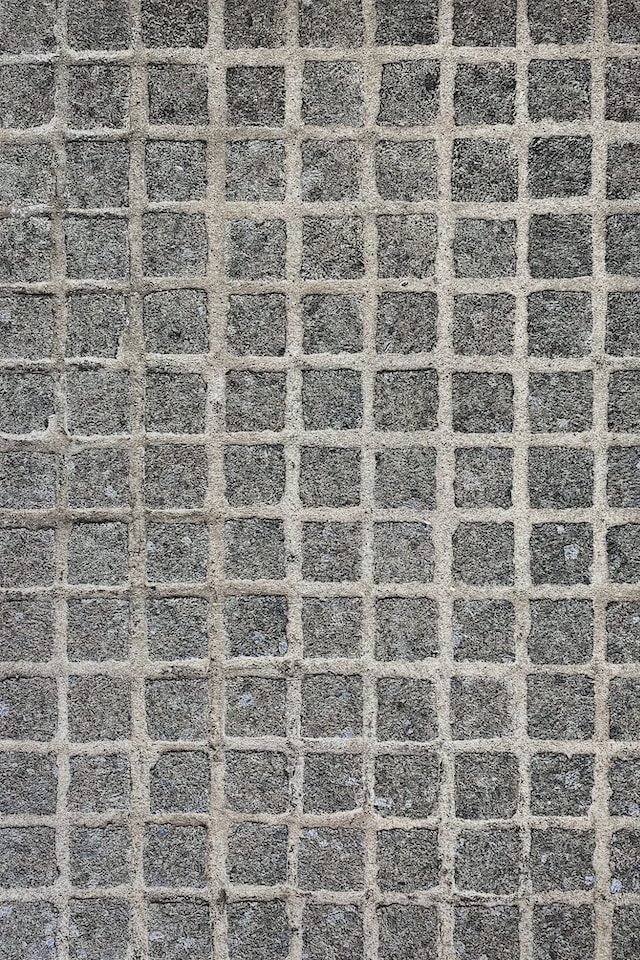An adequately installed stone driveway requires significant preparation to ensure the longevity and performance of your new gravel surface.
A stone or gravel driveway can require much more maintenance than other drives but is easy to perform. Typically, you’ll need to rake and replenish gravel regularly.
Sub-Base
Gravel driveways have many benefits compared to paving, including lower cost, supporting drainage, and preventing rutting. They also look more modern and natural, which makes them a popular choice for homeowners. However, properly preparing a gravel driveway is vital to longevity and a successful installation.
The first step is excavating the ground to expose a firm soil layer. Then a sub-base is laid, typically MOT type 1 aggregate or MOT type 3 for porous and SuDS-compliant installations. It is recommended that a heavy-duty geotextile membrane, such as Drivetex, is then laid to stabilize the sub-base and pegged into place.

A wacker plate or roller should compact the base to help it set and then topped with a layer of coarse gravel. Adding a layer of joint sand for additional strength and stability is also a good idea. The surface should slope away from the house or garage to assist with water runoff.
Bedding
The first step to installing a gravel driveway is to lay down a bedding layer. It is essential because it adds support to the gravel and promotes drainage.
This layer can be anything from fine sand to crushed limestone. It can even mix different materials to create the perfect blend for your driveway’s needs.
Once this layer is laid, you should use a compactor to solidly tamp the surface. It is to ensure that the bedding material stays in place and doesn’t move around once you start laying down your stones.
Once the bedding layer is in place, you can begin laying your stone driveways Charlotte NC. For the first layer, it is recommended to use standard crushed stone. It will come in various sizes but usually carries a number on the package that can help you find the right size for your driveway. It is an excellent choice because it will provide you with a suitable attractive surface and a good driving experience.
Drainage
The drainage layer, sometimes called a base material, is another layer of gravel or sand that needs to be laid down before you install pavers. Getting this part right is a good idea because poor drainage will cause mud puddles that can damage your new driveway over time.
The recommended depth of this layer varies by use. However, a minimum of 4 inches is needed. Consider having a professional test for underground pipes at this point to avoid costly repairs later on.
Some experts recommend putting down a layer of landscaping fabric before adding the base, although this is mainly personal preference and unnecessary. The fabric can slow weed growth and help keep the soil in place, but it will also hinder moisture from being absorbed into the ground. It can also lead to problems such as shifting and erosion. A good quality gravel supply is vital to get the best results from this step.
Pavers
Once the foundation layer is completed, it’s time to lay out your pavers. This step is critical to the optimum quality of your driveway. Without a proper base, paving stones will sink, move and create holes over time.
Before you start laying, make sure the soil is firm and well-compacted. Dig out 4-6 inches of soil for every layer of rock you plan to put down. It will help prevent water pools or mud puddles that can ruin your driveway surface.
Once the excavation is done, cover it with a 6-inch layer of 3/4- to 2-inch washed crushed stone. It is a much better choice than river gravel because it has sharp edges that knit together instead of rounded rocks that are more likely to wash away or form gullies. Use a plate compactor to tamp the stone across and lengthwise.
